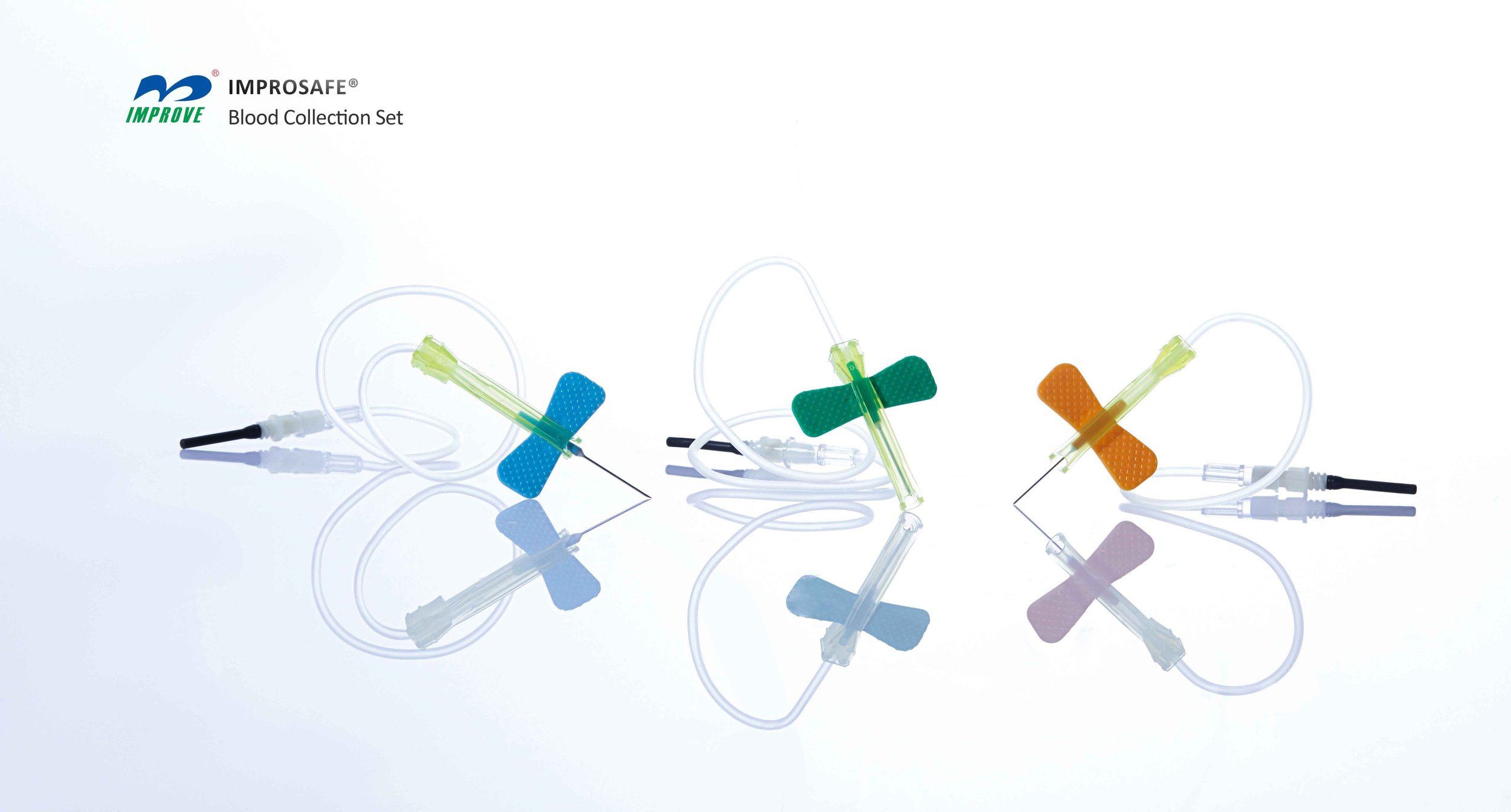The Crucial Role of Phlebotomists in Autoimmune Disease Testing: Ensuring Accuracy and Reliability
Summary
- Phlebotomists play a crucial role in ensuring accurate and reliable specimen collection for autoimmune disease testing in Diagnostic Labs in the United States.
- Their responsibilities include proper patient identification, specimen collection techniques, labeling, and transportation of samples.
- Phlebotomists must follow strict protocols to prevent contamination and ensure the integrity of the samples for accurate diagnostic testing.
Introduction
Diagnostic laboratories play a vital role in the healthcare system by providing valuable information to Healthcare Providers for accurate diagnosis and treatment of various medical conditions. One area in which accurate specimen collection is particularly crucial is autoimmune disease testing, where small errors or contamination can lead to false results and misdiagnosis. Phlebotomists are key players in the process of specimen collection and their role is essential in ensuring accurate and reliable results for autoimmune disease testing in Diagnostic Labs in the United States.
The Role of Phlebotomists in Specimen Collection
Phlebotomists are trained healthcare professionals responsible for drawing blood samples from patients for diagnostic testing. They play a critical role in ensuring the accuracy and reliability of the specimens collected for autoimmune disease testing. Some key duties of phlebotomists in the specimen collection process include:
Proper Patient Identification
Phlebotomists must confirm the identity of the patient before collecting a blood sample to ensure that the results are correctly matched with the right individual. Proper patient identification helps prevent mix-ups and ensures that the Test Results are accurate and reliable.
Specimen Collection Techniques
Phlebotomists must use proper techniques when collecting blood samples to avoid hemolysis, contamination, or other issues that could affect the integrity of the specimen. They are trained to use the right equipment and follow established protocols to ensure the quality of the sample for autoimmune disease testing.
Labeling and Transportation of Samples
After collecting a blood sample, phlebotomists are responsible for labeling the specimen accurately with the patient's information and other necessary details. They must also ensure that the samples are properly stored and transported to the lab for testing to maintain the integrity of the specimen and prevent any errors in the process.
Following Strict Protocols for Autoimmune Disease Testing
Phlebotomists must adhere to strict protocols to prevent contamination and ensure the accuracy of the specimens collected for autoimmune disease testing. These protocols include:
Gloves and Personal Protective Equipment
Phlebotomists must wear gloves and other personal protective equipment to prevent the risk of infection and ensure the safety of both themselves and the patients during the specimen collection process.
Clean and Sterile Environment
Phlebotomists must work in a clean and sterile environment to prevent contamination of the blood samples. They must sanitize the collection site, equipment, and work area to maintain the integrity of the specimens and avoid any errors in the testing process.
Proper Handling and Storage
Phlebotomists must handle the blood samples with care to prevent damage or contamination. They must also ensure that the samples are stored at the correct temperature and transported to the lab in a timely manner to maintain the quality of the specimens for autoimmune disease testing.
Conclusion
Phlebotomists play a crucial role in ensuring accurate and reliable specimen collection for autoimmune disease testing in Diagnostic Labs in the United States. Their responsibilities include proper patient identification, specimen collection techniques, labeling, and transportation of samples. By following strict protocols and procedures, phlebotomists help prevent errors and contamination in the specimen collection process, ensuring the integrity of the samples for accurate diagnostic testing.

Disclaimer: The content provided on this blog is for informational purposes only, reflecting the personal opinions and insights of the author(s) on the topics. The information provided should not be used for diagnosing or treating a health problem or disease, and those seeking personal medical advice should consult with a licensed physician. Always seek the advice of your doctor or other qualified health provider regarding a medical condition. Never disregard professional medical advice or delay in seeking it because of something you have read on this website. If you think you may have a medical emergency, call 911 or go to the nearest emergency room immediately. No physician-patient relationship is created by this web site or its use. No contributors to this web site make any representations, express or implied, with respect to the information provided herein or to its use. While we strive to share accurate and up-to-date information, we cannot guarantee the completeness, reliability, or accuracy of the content. The blog may also include links to external websites and resources for the convenience of our readers. Please note that linking to other sites does not imply endorsement of their content, practices, or services by us. Readers should use their discretion and judgment while exploring any external links and resources mentioned on this blog.
